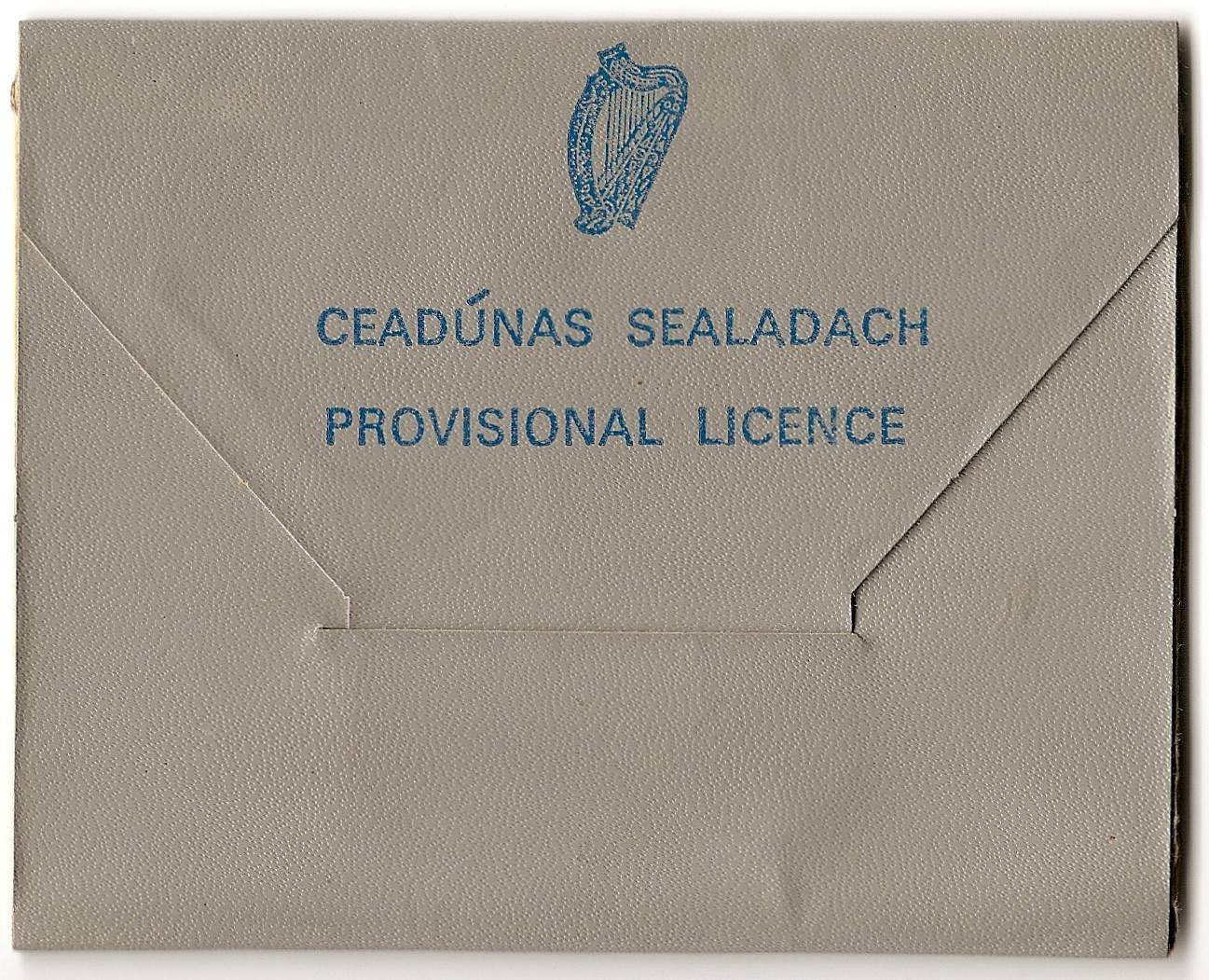Filing a provisional patent application can be a good first step for a company (or individual inventor) on a budget. However, doing it wrong can destroy the opportunity to get an actual patent.
A provisional application establishes an early filing date for an invention, but it doesn’t just turn into a regular patent application with the passage of time. A provisional application also doesn’t turn into a “provisional patent” – there’s no such thing.
Filing a provisional application is kind of like having someone stand in an empty parking spot until you’re ready to park there. It reserves your potential rights until you’re ready to use them.
A provisional application must include specifications, i.e., a description of the invention, and drawings if required to understand the invention.
However, a provisional application doesn’t need to include:
- Formal patent claims
- Inventors’ oaths or declarations
- Information disclosure statements
The filing fee for a provisional application is low – currently $260. It also costs much less to prepare than a regular application.
A provisional application automatically expires one year after it’s filed. Although it “reserves the space” for a regular patent for one year, the 20-year-life of any issued patent will date from the filing date of the regular application – not the provisional application. To claim the priority date of the provisional application, the non-provisional application must be filed within the one-year term.
Although a provisional application doesn’t need to be as elaborate as a non-provisional application, a lack of detail may invalidate the application. That can be a major problem, because publicly disclosing an invention (for example, in a publication or at a trade show) after filing a defective provisional application can make a company lose the ability to ever secure patent protection for that invention.
A poorly-drafted provisional application can also affect the strength of a later non-provisional patent by failing to adequately describe aspects of an invention that others may independently publish — or claim in their own patent applications.
In short, even though a provisional application is less formal than a non-provisional application, that doesn’t mean that it can be drafted casually or sloppily.


